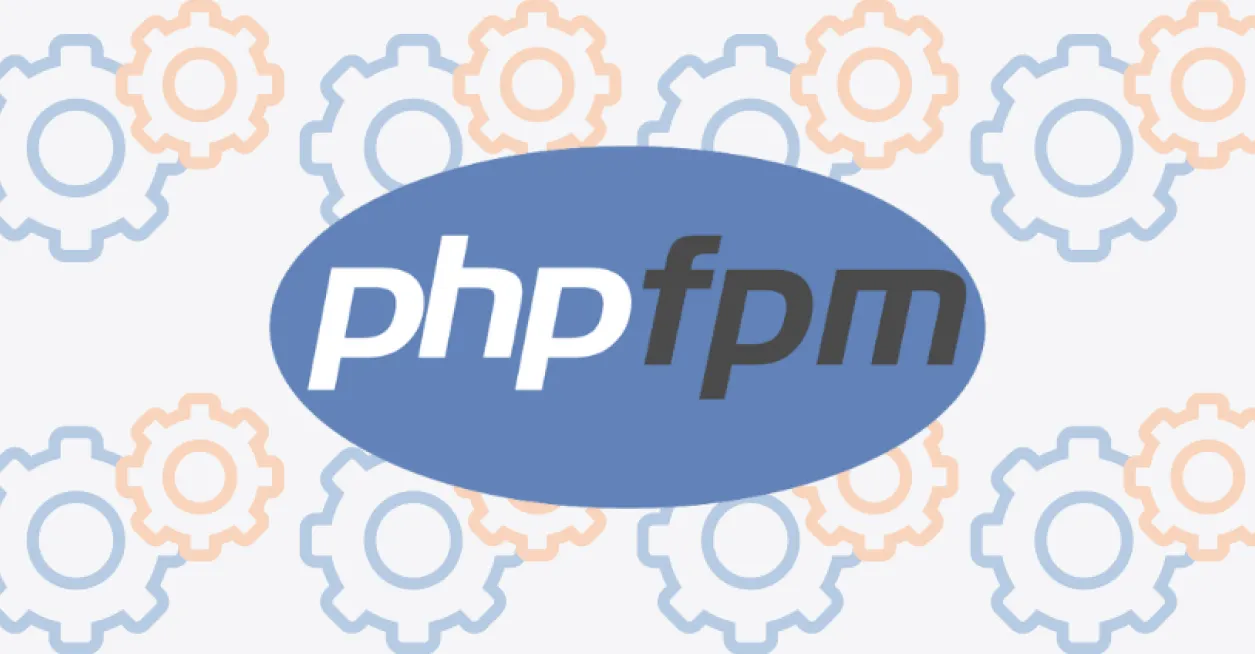
PHP is one of the most widely used server-side scripting languages, powering a significant portion of the web. As websites expand in complexity and traffic, optimizing PHP for performance and scalability becomes crucial. PHP FPM (FastCGI Process Manager) is designed to enhance PHP’s efficiency. In this guide, we explore what PHP FPM is, its functionality, and its importance for modern web applications.
Understanding PHP FPM
PHP FPM is an alternative PHP FastCGI implementation designed for high-performance applications. It operates as a process manager for PHP scripts, facilitating efficient script execution by web servers.
Unlike traditional PHP setups that run PHP as a module within the web server, PHP FPM operates independently, creating a pool of worker processes using the FastCGI protocol for server communication.
Key Features of PHP FPM
- Process Management: Manages multiple worker processes for efficient script execution without overloading the server.
- Performance Optimization: Maintains a pool of pre-spawned processes, reducing the overhead of process creation per request.
- Scalability: Highly configurable, it suits both low-traffic sites and high-demand enterprise applications.
- Improved Reliability: Features such as request timeouts and process limits prevent server crashes from script errors or traffic spikes.
How PHP FPM Works
PHP FPM enhances PHP performance by managing how web servers interact with PHP scripts, using the FastCGI protocol to handle requests efficiently.
The FastCGI Protocol
FastCGI acts as a bridge, passing requests from the web server to PHP FPM and returning the output to the client.
Process Pooling
PHP FPM assigns incoming requests to an available worker process from a pool, which operates in one of the following modes:
- Static: A fixed number of worker processes always run.
- Dynamic: The number of processes adjusts based on traffic demand.
- On-Demand: Processes are created and terminated as needed, minimizing idle resource usage.
/* Example integration with NGINX */
location ~ \.php$ {
include fastcgi_params;
fastcgi_pass 127.0.0.1:9000;
fastcgi_param SCRIPT_FILENAME $document_root$fastcgi_script_name;
}
Benefits of PHP FPM
- Enhanced Performance: Pre-spawned worker processes reduce overhead, ideal for high-traffic websites.
- Resource Management: Provides fine control over resource allocation with parameters like pm.max_children and pm.max_requests.
- Improved Fault Tolerance: Can terminate processes exceeding predefined limits, maintaining server performance.
- Better Integration: Works natively with web servers like NGINX and Apache, enhancing load balancing and caching.
- Secure Multi-Tenancy: Supports running processes under different user accounts, enhancing security in shared hosting.
Use Cases for PHP FPM
- High-Traffic Websites: E-commerce platforms, news sites, and large applications benefit from its efficiency.
- Shared Hosting Environments: Isolates users and allocates resources fairly in hosting setups.
- Performance-Critical Apps: Suitable for APIs and real-time applications requiring low latency and high reliability.
Getting Started with PHP FPM
- Installation: Most Linux distributions offer PHP FPM packages; for example, on Ubuntu:
sudo apt install php-fpm - Configuration: Configure the main file (php-fpm.conf) and pool files (/etc/php/7.x/fpm/pool.d/*.conf) with key parameters like:
- pm: Set process management mode (static, dynamic, ondemand).
- pm.max_children: Max number of processes.
- request_terminate_timeout: Max script execution time.
- Integration with Web Servers: For NGINX, point the fastcgi_pass directive to PHP FPM.
/* NGINX Configuration */
location ~ \.php$ {
include fastcgi_params;
fastcgi_pass 127.0.0.1:9000;
fastcgi_param SCRIPT_FILENAME $document_root$fastcgi_script_name;
}
/* Restart services after configuration */
sudo systemctl restart php-fpm
sudo systemctl restart nginx
Most Used PHP FPM Configurations
1. pm (Process Manager)
Defines process management mode:
- Static: Fixed number of processes.
- Dynamic: Adjusts processes based on load.
- On-Demand: Spawns processes as needed.
2. pm.max_children
Maximum child processes to handle requests, balancing concurrency and memory use.
3. pm.start_servers, pm.min_spare_servers, pm.max_spare_servers
- pm.start_servers: Initial child processes.
- pm.min_spare_servers: Minimum idle processes.
- pm.max_spare_servers: Maximum idle processes.
4. pm.max_requests
Number of requests each child process handles before it’s respawned, to manage memory leaks.
5. request_terminate_timeout
Sets max execution time per request, preventing long-running scripts from overrunning resources.
6. listen
Configures the address where PHP FPM listens for FastCGI requests.
listen = 127.0.0.1:9000
listen = /var/run/php/php7.4-fpm.sock
7. user and group
Specifies user and group for PHP FPM processes, enhancing security through process isolation.
8. access.log, slowlog
Access logs track all requests for performance insights, while slowlogs identify and diagnose bottlenecks in processing.
Alternatives to PHP FPM
1. Apache mod_php
Directly runs PHP as an Apache module. Suitable for simpler applications but less efficient for high concurrency.
2. HHVM (HipHop Virtual Machine)
A PHP runtime from Meta offering high performance for specific environments but lacks comprehensive PHP feature support.
3. CGI and FastCGI
Traditional script execution methods, with FastCGI improving efficiency over CGI. Option for simplicity in legacy systems.
4. uWSGI
A versatile server supporting multiple languages, offering advanced configuration options at the cost of complexity.
5. Node.js or Other Language Stacks
Some projects opt to move away from PHP altogether, utilizing modern, event-driven alternatives like Node.js.
Understanding PHP FPM and its configurations can significantly enhance PHP application performance and reliability, making it a critical tool for web development today.
